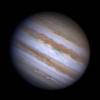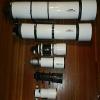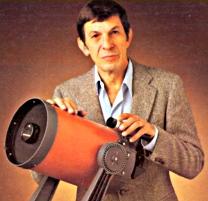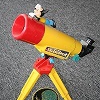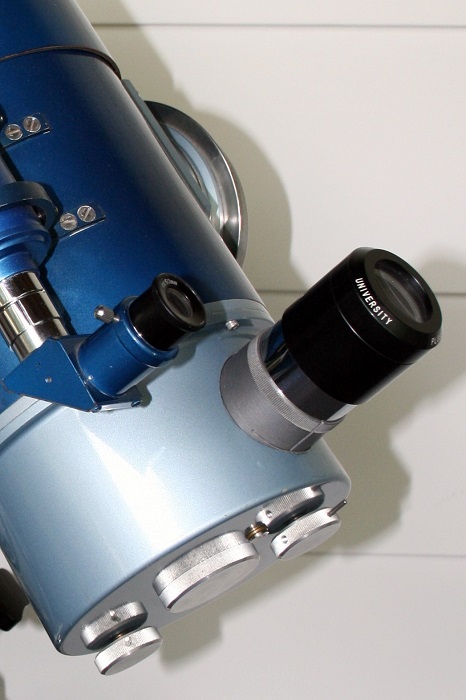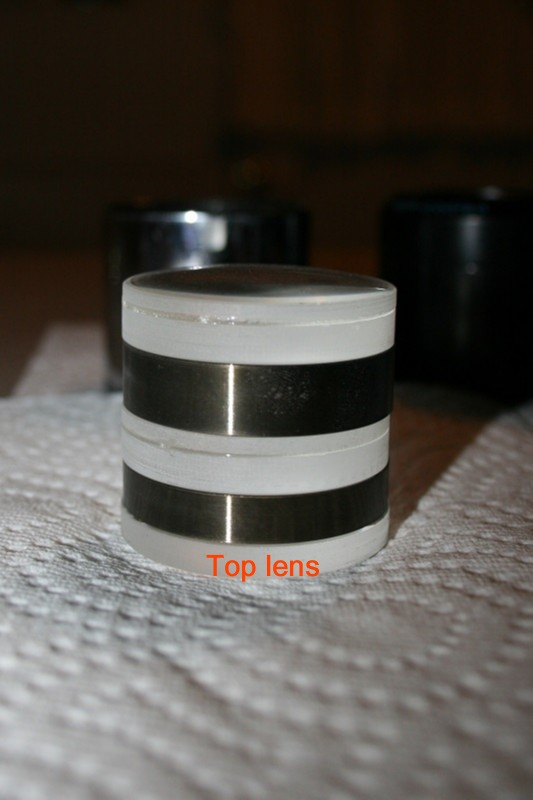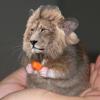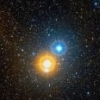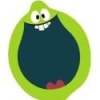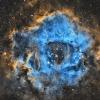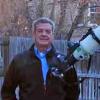I purchased my University Optics 55mm Plössl 2" back in November of 1986 and still have it. In side-by-side comparisons, I always preferred this eyepiece over other standard Plössls. Recently I became aware that the same factory that made very desirable Masuyama eyepieces also made the University Optics 55mm Plössl and the Celestron 50mm Ultima. I was really curious so I carefully disassembled the eyepiece and lo and behold, it actually has 5 elements! I wonder how the configuration of this eyepiece compares to the Masuyama or the Meade 56mm Super Plossl.
I would be very interested in any information or opinions that you might have with regard to the University Optics 55mm Plössl.
Here are some thoughts on the long focal length eyepieces that I currently own.
Celestron “Silvertop” 50mm Plössl 2” - smoothside. (purchased new in Nov 1985 and still own it)
• Awful Kidney Bean in moderate to severe light pollution and in the daytime (typical Plössl)
• Narrow AFOV – between 43° and 44°
• Sharp Image across the field
• Nice Coatings on all surfaces although I am sure modern coatings are a lot better.
• Slightly heavier than the University Optics 55mm Plössl.
• Body is sandblasted anodized aluminum with a black rim around the eyelens and has orange embossed lettering. Average metal barrel – to smooth to be solid metal so it is probably plated
Meade 56mm Super Plössl 2” 5 element pseudo-Masuyama - smoothside. (purchased new in Aug 1991 and still own it)
• Kidney Bean problems are a whole lot less that the Celestron 50mm Plössl. With some care, it can be used in daylight.
• AFOV – 52°
• Sharp Image across the field
• Nice Coatings on all surfaces although I am sure modern coatings are a lot better.
• Very Heavy Eyepiece especially when used with a 4” or 5” SCT.
• Black Annodized Aluminum with white embossed lettering. Barrel is obviously machined but very smooth and high quality – probably solid metal!
University Optics 55mm Plössl 2” (5 Element!! – perhaps pseudo Masuyama) - smoothside. (purchased new in Aug 1987)
• Rarely do I see the Kidney Bean. Works fine in the daylight.
• AFOV – 50°
• Sharp Image across the field
• Nice Coatings on all surfaces although I am sure modern coatings are a lot better.
• Body is painted black with White and Blue embossed lettering. Barrel is too smooth to be machined so it is probably plated.
Celestron 50mm Ultima 2” – 7 element eyepiece – Just acquired this beast and haven’t compared it yet.
• Less heavy than the Meade 56mm Super Plössl
• Very nice coatings
• Black Annodized Aluminum with embossed orange lettering. Barrel is obviously machined but very smooth and high quality – probably solid metal!
https://www.dropbox....Plossl.jpg?dl=0
{edited for grammar and added the picture}
Edited by Steven C, 01 December 2015 - 06:37 PM.





